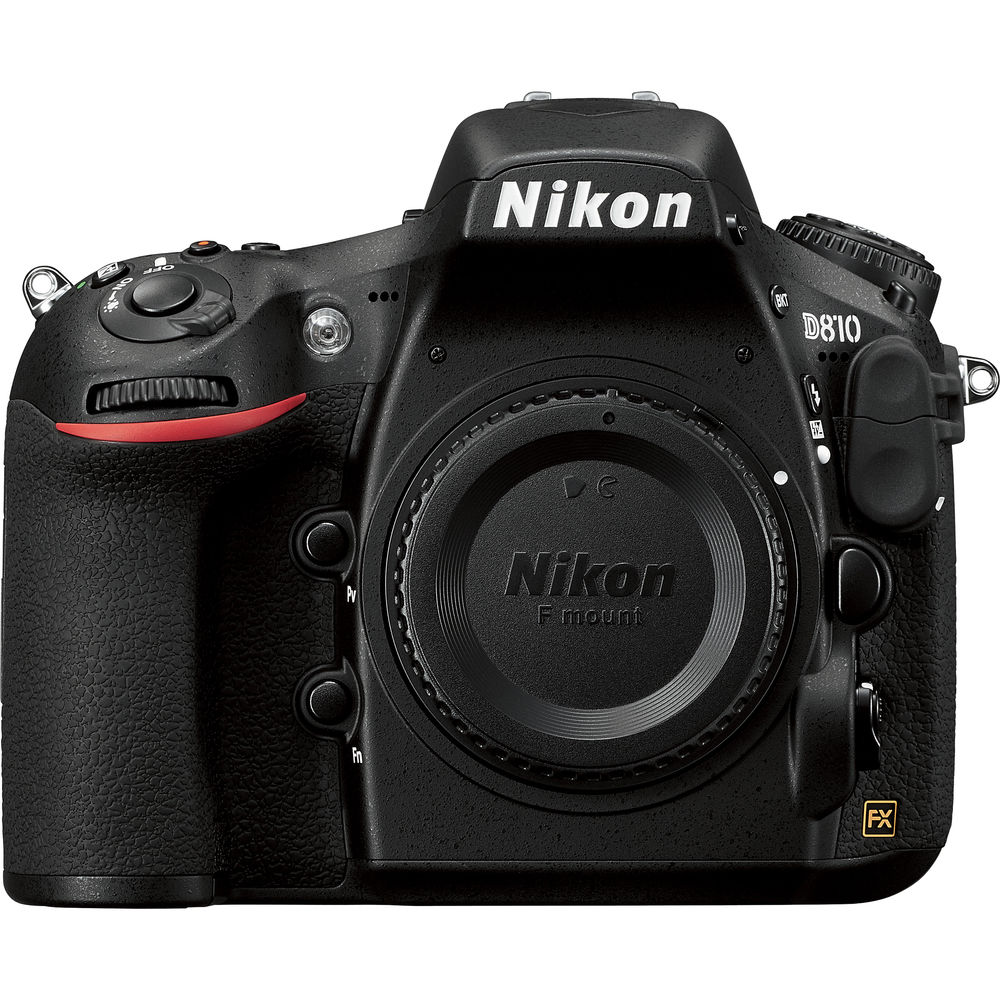Active D-Lighting is the technology used by Nikon which is designed to control the exposure to recover the details in the highlights and shadow areas. It allows you to shoot in different lighting condition and give natural contrast to the photograph. It does so by adjusting the exposure value depending on the situation. Camera will set the exposure slightly underexposed when Active D-Lighting is set to ON. It will adjust aperture and shutter speed combination to give that underexposed result. According to Nikon, "Active D-Lighting optimizes high contrast images to restore the shadow and highlight details that are often lost when strong lighting increases the contrast between bright and dark areas of an image. It can be set to operate automatically or manually, and it's also possible to bracket pictures to get one with Active D-Lighting and one without." ADL can be selected from Auto, Extra high, High, Normal, Low, or Off in case of Nikon D90.
Where to set ADL option for NIKON D90?
1. Go to the Menu button.
2. Select Shooting Menu (camera icon) option.
3. Choose Active D-Lighting.
4. Set the option as you want.
NOTE: Using ADL at higher ISO (more than ISO 1600) will create more noise in the shadow areas. Sometimes it is a good idea to avoid ADL because of shadow areas noise issue in higher ISO sensitivities. The contrast can be managed using either Photoshop or Lightroom during the post production. To do this, you have to shoot in RAW format which produces less noise than shooting with ADL option ON.
Active D-Lighting decreases the contrast to add details in the areas of highlights and shadows only. It won't affect the whole image but only to specific areas that require detail recovering.









